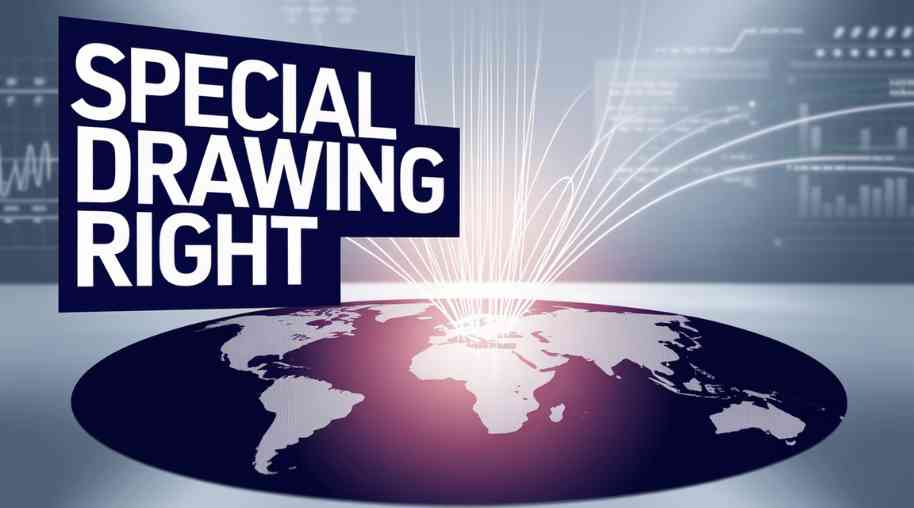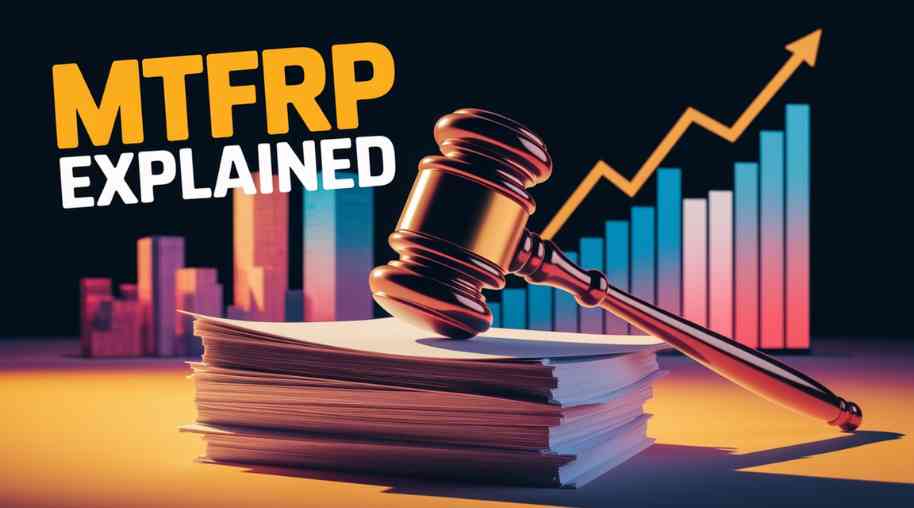SDR Full Form-Special Drawing Right
by Shashi Gaherwar
0 1009
Special Drawing Rights: A Global Reserve Asset for Financial Stability
Introduction
In the complex world of international finance, global liquidity and financial stability are key concerns. The Special Drawing Rights (SDR), introduced by the International Monetary Fund (IMF) in 1969, serve as an international reserve asset designed to supplement the official reserves of member countries. The SDR plays a crucial role in reducing reliance on national currencies like the US dollar for global transactions and stabilizing economies in times of financial distress.

Understanding Special Drawing Rights (SDR)
The SDR is not a currency but an international reserve asset created to provide liquidity to the global financial system. It is allocated to IMF member countries based on their IMF quotas, which reflect their economic size and financial contributions to the organization. Countries can use SDRs to bolster their foreign exchange reserves, settle international payments, or exchange them for freely usable currencies.
Value and Composition of SDR
The value of an SDR is determined based on a basket of major international currencies, which currently includes:
• US Dollar (USD)
• Euro (EUR)
• Chinese Yuan (CNY)
• Japanese Yen (JPY)
• British Pound (GBP)
The IMF reviews the composition of this basket every five years to ensure that it reflects the relative importance of major currencies in the global economy.
Purpose and Functions of SDR
SDRs serve several important functions in international finance:
1. Supplementing Global Liquidity
• SDRs help reduce dependency on national currencies by providing an additional reserve asset for central banks.
• They enhance the stability of the international monetary system, especially during global financial crises.
2. Providing Financial Assistance to Countries
• The IMF allocates SDRs to member countries, particularly during crises, to ease balance-of-payments pressures.
• Developing nations benefit from SDR allocations as they provide interest-free liquidity without increasing debt burdens.
3. Facilitating International Trade and Payments
• SDRs can be used to settle trade balances between countries and for transactions among IMF members.
• They help ensure that countries facing foreign exchange shortages can still engage in global trade.
4. Strengthening Foreign Exchange Reserves
• Countries can hold SDRs as part of their official reserves, reducing reliance on individual currencies.
• This diversification helps mitigate exchange rate risks and enhances monetary stability.
How SDRs Are Allocated and Used
IMF member countries receive SDRs based on their IMF quotas, and they can use them in various ways:
• Exchanging SDRs for hard currencies with other IMF members or central banks.
• Using SDRs to pay IMF financial obligations such as interest on loans.
• Holding SDRs as part of foreign reserves to improve economic stability.
The interest rate on SDRs, known as the SDR interest rate, is determined weekly based on market interest rates of the currencies in the SDR basket.
Benefits of SDRs in the Global Economy
1. Reducing Dependence on a Single Currency
• SDRs lessen the world’s reliance on the US dollar as the dominant reserve currency, promoting monetary balance.
• They provide an alternative during times of dollar liquidity shortages.
2. Providing a Safety Net for Emerging Economies
• SDRs are especially beneficial to developing nations with limited access to foreign exchange markets.
• Countries facing economic crises or debt pressures can use SDRs to stabilize their reserves.
3. Supporting Global Financial Stability
• By diversifying reserve assets, SDRs help reduce systemic risks in global finance.
• They facilitate IMF assistance programs during periods of economic distress.
Challenges and Limitations of SDRs
Despite their advantages, SDRs face several challenges:
1. Limited Role in Global Finance
• SDRs make up a small portion of global reserves, limiting their impact compared to major currencies.
• They are not widely used in private financial markets, reducing their practical utility.
2. Exchange and Convertibility Issues
• SDRs cannot be directly used for everyday transactions or private sector dealings.
• Their usability depends on the willingness of countries to exchange SDRs for hard currencies.
3. Political and Economic Constraints
• IMF decisions regarding SDR allocations are subject to political negotiations.
• Large allocations may be viewed as favoritism towards certain economies.
Recent Developments in SDRs
In response to the COVID-19 pandemic, the IMF issued a historic $650 billion SDR allocation in 2021 to support global economic recovery. This was the largest SDR allocation ever, aimed at helping countries recover from economic shocks and finance critical imports such as vaccines and food supplies.
Future of SDRs in the Global Economy
Looking ahead, SDRs are expected to:
• Play a larger role in global liquidity management, especially during financial crises.
• Encourage reforms in the international monetary system to promote diversification.
• Potentially integrate digital currency mechanisms for enhanced usability in financial transactions.
The Special Drawing Rights (SDRs) are a crucial component of the global financial system, offering an additional layer of liquidity and stability. While they do not replace traditional currencies, their role in supporting international trade, stabilizing foreign reserves, and reducing monetary imbalances remains vital. As global financial dynamics evolve, SDRs may gain further prominence in shaping a more resilient and balanced international economy.

Share:








Comments
Waiting for your comments